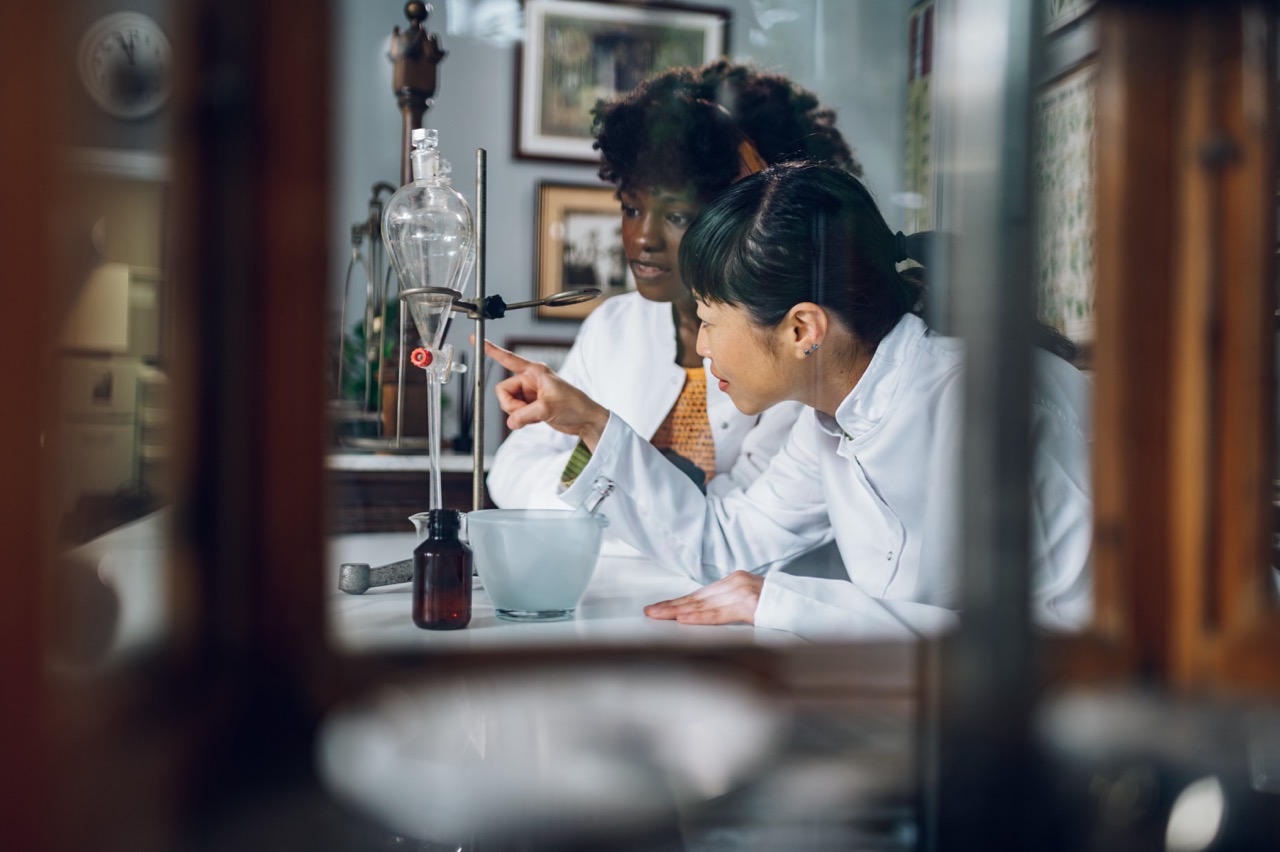In recent years, the field of catalysis has undergone significant transformation, thanks in large part to the pioneering work of chemist Benjamin List. His groundbreaking research has led to the development of new, sustainable catalysts that not only enhance reaction efficiency but also minimize environmental impact. This article explores how List’s laboratory innovations are replacing toxic catalysts in industrial processes, ultimately contributing to a greener future.
Overview of Benjamin List’s Contributions to Catalysis
Benjamin List is a renowned chemist whose contributions to the field of catalysis have significantly altered the landscape of chemical synthesis. In 2000, List introduced the concept of organocatalysis, catalysis driven by small organic molecules rather than traditional metal-based catalysts. His work demonstrated that simple organic compounds could effectively facilitate chemical reactions, leading to the synthesis of complex molecules with less energy input and reduced waste byproducts.
List’s research expanded the scope of catalysis by illustrating that organocatalysts could be highly selective, offering a viable alternative to metal catalysts that frequently release toxic or harmful byproducts into the environment. His innovative approach not only improved the efficiency of chemical reactions but also sparked new interest in exploring the potential of organic compounds in catalysis. This shift has opened up numerous avenues for research, allowing scientists and industries to rethink traditional methods of synthesis.
Furthermore, List’s work has been recognized globally, earning him the Nobel Prize in Chemistry in 2021 alongside David W.C. MacMillan. Their collective contributions have laid the groundwork for a new generation of catalytic methods that prioritize sustainability, safety, and efficiency. As industries increasingly shift toward greener practices, List’s innovations in organocatalysis serve as a cornerstone for future advancements.
The Importance of Sustainable Catalysts in Industry
The chemical industry is one of the largest contributors to environmental pollution, with traditional catalytic processes often relying on toxic metals such as palladium, platinum, and rhodium. These catalysts can lead to the generation of hazardous waste and require extensive energy for their production and recycling. In contrast, sustainable catalysts, particularly those developed through organocatalysis, aim to minimize these adverse impacts while maintaining high efficiency and selectivity in chemical reactions.
Sustainable catalysts represent a paradigm shift in how industries approach chemical synthesis. They not only reduce the environmental footprint but also lead to cost savings in the long run. By moving towards eco-friendly alternatives, companies can improve their regulatory compliance and enhance their brand image while contributing positively to global sustainability efforts. The transition to sustainable catalysts is essential in meeting the growing demand for greener chemistry amid increasing public awareness and concern for environmental issues.
Moreover, the adoption of sustainable catalysts is aligned with international efforts to combat climate change and promote sustainable development goals (SDGs). As industries strive to lower greenhouse gas emissions and reduce waste, the implementation of less toxic, more efficient catalysts becomes a critical component of their operational strategies. The innovations driven by Benjamin List’s research not only address current challenges but also pave the way for more sustainable practices across diverse chemical sectors.
Key Innovations from List’s Lab: A Closer Look
One of the most notable innovations from Benjamin List’s lab is the development of proline-catalyzed reactions, which utilize the amino acid proline as an organocatalyst. This breakthrough has facilitated the synthesis of numerous chiral molecules, crucial for pharmaceuticals and agrochemicals. The use of proline showcases how naturally occurring compounds can serve as effective catalysts, simplifying processes while maintaining high levels of selectivity and efficiency.
Another significant advancement is the utilization of bifunctional organocatalysts, which perform dual roles in catalyzing reactions. These catalysts enable more complex transformations by simultaneously activating multiple components of a reaction, such as substrates and reagents. By streamlining synthetic pathways, bifunctional organocatalysts reduce the number of steps required to produce target molecules, thereby minimizing waste and energy consumption during synthesis.
List’s research has also focused on the optimization of reaction conditions to enhance catalytic performance. By fine-tuning parameters such as temperature, solvent choice, and reaction time, his lab has demonstrated that organocatalysts can achieve comparable, if not superior, results to traditional metal catalysts without the associated toxicity. These innovations underline the potential of organocatalysis as a robust and versatile approach for various industrial applications, reinforcing the shift towards more sustainable practices.
Impact of Green Catalysis on Environmental Sustainability
The transition to green catalysis, spearheaded by Benjamin List and his contemporaries, has profound implications for environmental sustainability. By replacing toxic metal catalysts with safer, more sustainable alternatives, industries can significantly reduce their environmental impact. This shift not only decreases the generation of hazardous waste but also lowers the energy requirements associated with catalyst production and disposal, contributing to a more circular economy.
Additionally, green catalysis fosters innovation in chemical manufacturing processes. The flexibility and efficiency of organocatalysts allow for the development of novel synthetic pathways that are less reliant on harmful reagents. As a result, industries can produce high-value chemicals with fewer resources, aligning with principles of green chemistry that aim to minimize waste and maximize efficiency. This transformation has the potential to drive economic growth while simultaneously addressing pressing environmental challenges.
Ultimately, the impact of Benjamin List’s lab work extends beyond the realm of chemistry. His contributions to sustainable catalysis are part of a broader movement towards responsible manufacturing practices that prioritize ecological integrity. As industries embrace these innovations, the potential for a cleaner, more sustainable chemical landscape becomes increasingly attainable, making a significant contribution to global efforts aimed at preserving our planet for future generations.
In conclusion, Benjamin List’s pioneering work in organocatalysis is reshaping the landscape of industrial catalysis by providing sustainable alternatives to toxic catalysts. His innovations not only enhance the efficiency of chemical reactions but also embody a commitment to environmental sustainability. As industries continue to adopt these greener practices, they pave the way toward a more responsible and eco-friendly future in chemical manufacturing. The legacy of List’s research serves as a beacon for future advancements, illustrating the critical role of science in addressing global challenges while promoting sustainable development.










